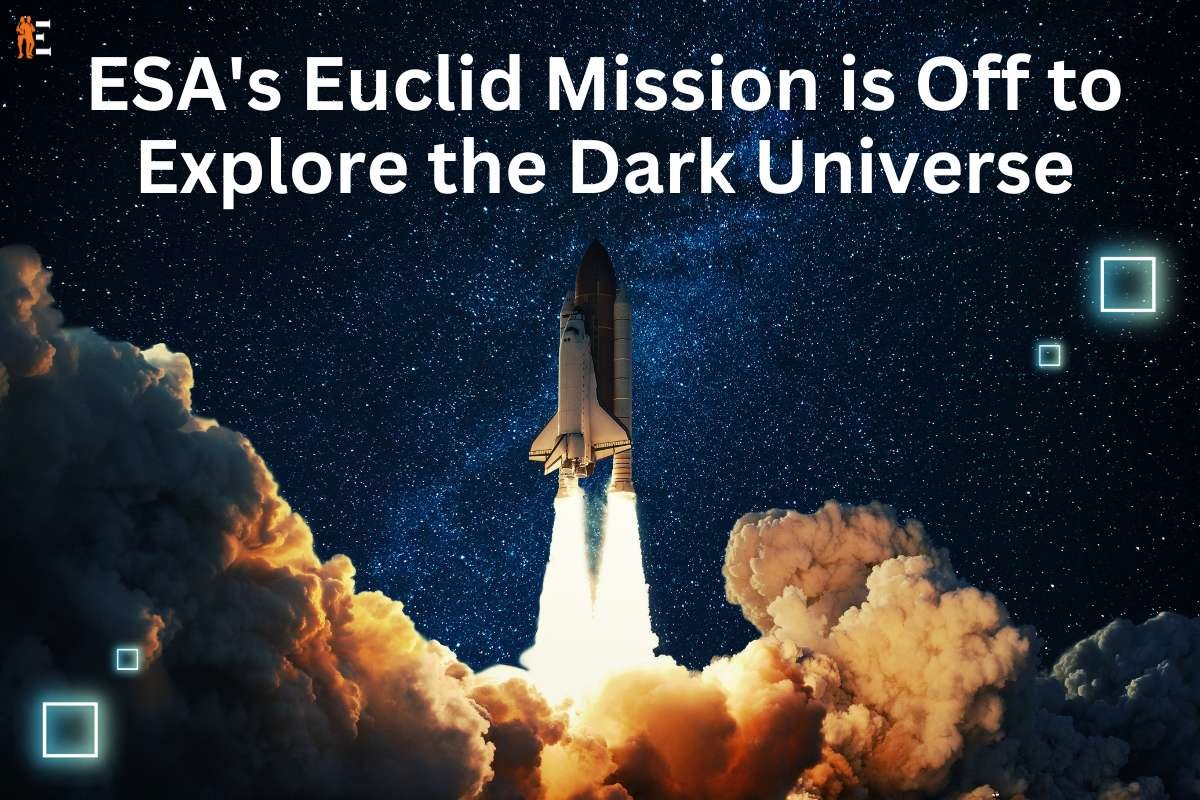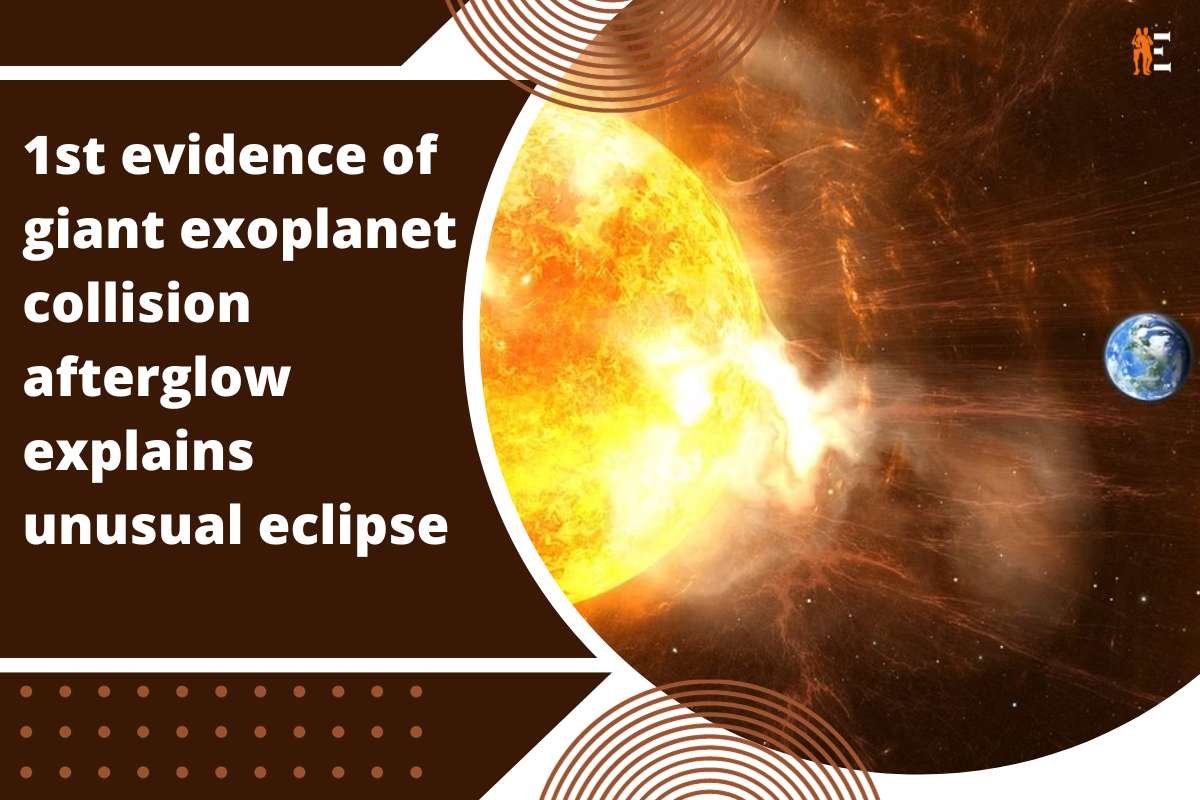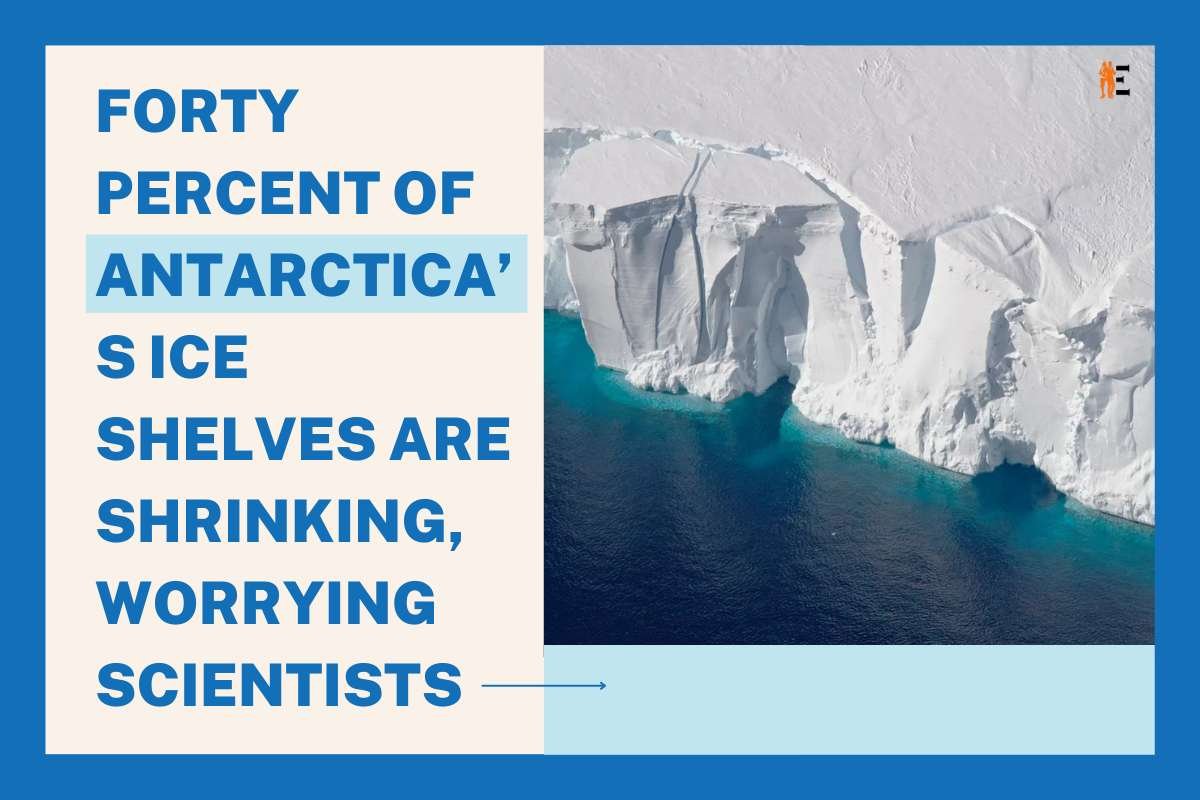The ESA’s Euclid space telescope launched from Cape Canaveral in Florida on Saturday, July 1st (Canada Day!). The Earth-Sun L2 Lagrange Point is where this next-generation astrophysics mission will spend the next several weeks traveling before it spends the following six years surveying one-third of the sky. By collecting data from billions of galaxies at a distance of 10 billion light-years, ESA’s Euclid will provide the most comprehensive 3D image of the Universe ever. Astronomers and cosmologists will be able to solve the enigma surrounding Dark Matter and Dark Energy (DM & DE) with the aid of this map.
The SpaceX Falcon 9 rocket carrying the mission lifted off at 11:12 AM EST (08:12 AM PST), and the second stage separated around 2 minutes and 45 seconds later. The cargo fairings separated at roughly three minutes and thirty-seven seconds. By 45 minutes into the launch, ground controllers had confirmation that Euclid had been successfully delivered to Low Earth Orbit (LEO) and had split from the second stage. ESA’s Euclid will deploy its sun-shield and reach working temperature during the following two weeks before heading to L2 on July 29 (four weeks after launch).
Map the extension of the Universe
ESA’s Euclid will map the expansion of the Universe during the past 10 billion years (about 3 billion years after the Big Bang) to the present using its 600-megapixel camera, near-infrared spectrometer, and photometer (which calculates the redshift of galaxies). It also marks the start of the “Dark Energy-dominated era,” when the expansion of the universe started to accelerate progressively.
Euclid will provide more information about the role that gravity, Dark Matter, and Dark Energy have played throughout space and time by charting the large-scale cosmic structure of the Universe and how it has altered since that time.
It is essential to comprehend how these forces interact if we are to resolve the current “Crisis in Cosmology.” This covers how the amount of visible (“luminous”) matter contained in galaxies is not consistent with the rotational curves of those galaxies. This was discovered by scientists in the 1960s, which led to the development of the notion that dark matter—hence the word “dark”—constituted 85% of a galaxy’s mass. The Hubble Space Telescope and its Deep Fields operations played a significant role in the 1990s speculation regarding the presence of Dark Energy.
SpaceX, ESA’s Euclid space observatory on 6 year mission to map “dark universe”
Cosmic expansion has accelerated by four billion years
Scientists discovered that cosmic expansion has accelerated over the past four billion years as they looked further into the cosmos (and consequently, back in time). This indicates that either our ideas of gravity (as stated by General Relativity) are incorrect or that some unidentified force is responsible for opposing gravity on the biggest of sizes, especially when combined with the unsolved enigma of Dark Matter. According to the Lambda Cold Dark Matter (LCDM) model, the most widely accepted cosmological theory, dark energy is thought to make up about 72% of the universe’s mass-energy density.
ESA’s Euclid will assist in putting an end to the continuing discussion about the dominant cosmological hypotheses by evaluating the impact of Dark Matter and Dark Energy.











